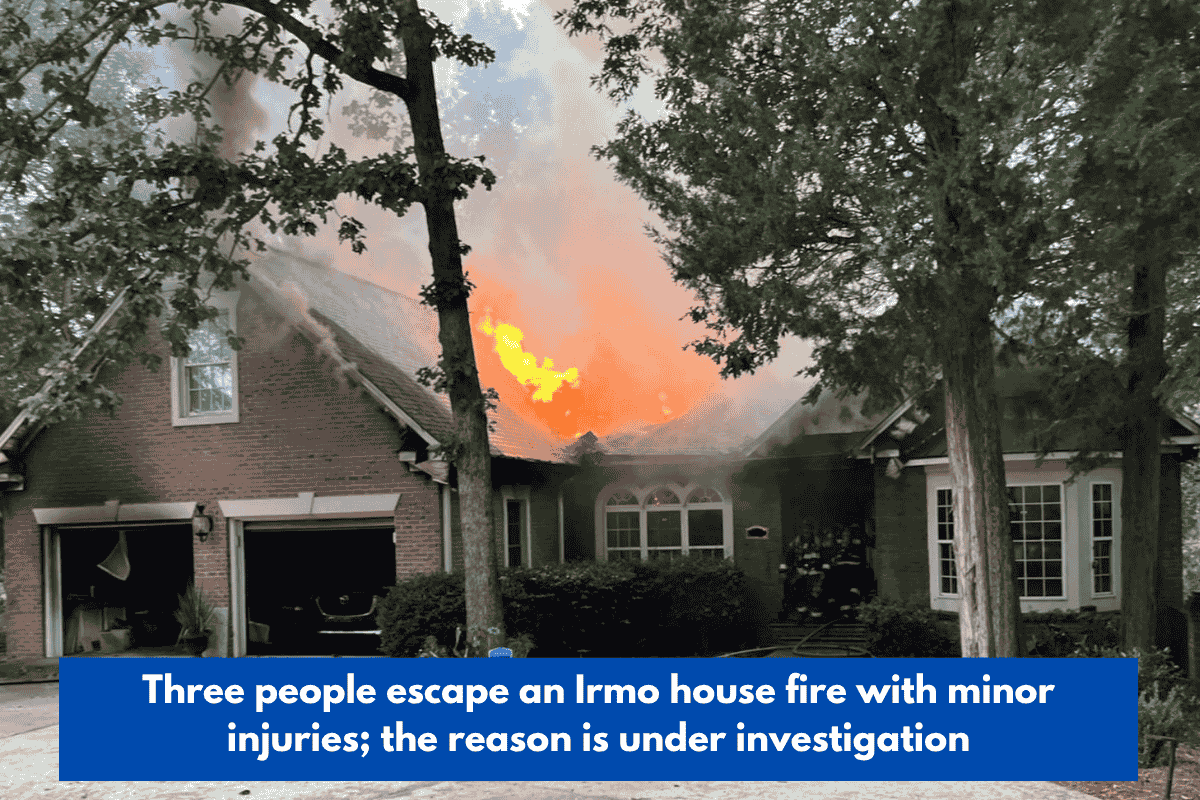The Trump administration has strongly opposed California Governor Gavin Newsom’s attempt to stop President Donald Trump from deploying the U.S. military in response to protests in Los Angeles. This legal battle revolves around the use of federal military forces to protect federal property and personnel during ongoing protests against U.S. Immigration and Customs Enforcement (ICE) actions.
The Dispute Over Military Deployment
On June 3, 2025, the U.S. Department of Justice filed a 32-page opposition motion in response to a legal action filed by Governor Newsom. The Governor had filed a motion requesting the court to block the President from using the National Guard and other military units in California. The Trump administration argued that the President has the constitutional right to activate the military without needing permission from state officials like Newsom. The government asserted that the President’s power to protect federal property and personnel is unquestionable under U.S. law.
The motion criticized Newsom’s actions, accusing the Governor of attempting to politicize the situation. The Department of Justice’s filing emphasized that there is no “rioters’ veto” on federal law enforcement and that the President has every right to use military forces to ensure the protection of federal agents and facilities.
Key Arguments in the Legal Filing
The filing argued that the President, as Commander in Chief, is responsible for ensuring the safety of federal personnel, regardless of local opposition. The DOJ contended that the National Guard and Marines were not involved in traditional law enforcement duties but were deployed to safeguard federal property and personnel. The motion described Newsom’s claims as speculative, asserting that there was no solid evidence to justify blocking the military’s deployment.
The Trump administration also addressed the issue of the California National Guard, which Newsom argued should remain under state control. The legal dispute stems from the federalization of National Guard units under 10 U.S.C. § 12406, a statute that allows the President to call up National Guard units in specific circumstances. Newsom’s lawsuit challenges this federalization, arguing that the statute requires coordination with state governors and that the President cannot unilaterally control the California National Guard.
The DOJ’s Rebuttal on the Statute
In response, the DOJ claimed that Newsom had misunderstood the statute. The Trump administration pointed out that the statute explicitly grants the President the authority to federalize National Guard units, with the orders conveyed through state governors, not requiring state approval. The DOJ emphasized that the Governor cannot block a valid presidential order simply because it does not align with his preferences.
Newsom’s legal team had sought an injunction to restrict the deployment of the National Guard to only protecting federal property, but the DOJ argued that such a restriction was unwarranted and impractical. The government maintained that military forces are necessary for the safety of federal officials, whether they are on federal property or not, and that the court should not interfere with the President’s authority to deploy military resources as needed.
The Ongoing Legal Proceedings
Despite Newsom’s request for a temporary restraining order, the judge overseeing the case ruled against the Governor, but set up a briefing schedule for further arguments. The legal battle continues, with both sides presenting their positions on the extent of the President’s authority in deploying military forces within a state, especially during protests involving federal immigration law enforcement.
The Trump administration’s position is that such matters fall under the President’s constitutional powers and that any interference by the courts would be an overreach.














